Local warming
March 5, 2008
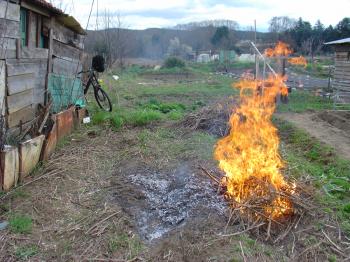
Potager au feu. The lower bit of the Occitanian kitchen garden is clearly a chic-free zone. Burn marks indicate the size of the original fire.
Yesterday in the lower garden I made an enormous fire. It was the first time in my life I was able to get it going in one go, normally it can take me the better part of an hour. The fire was so huge I feared I’d burn down neighbour Nadine’s cabane and explode the tires on my bike. I’d wanted to take pictures when the fire was really blazing high, taking up two rows of my winter-bare kitchen garden, but it was too dangerous to leave and get my camera until it died down. All the old guys were just standing around watching, maybe keeping an eye out, mostly talking about ‘le foot’. I kept thinking that this is the opposite of a Jewish environment, no one telling me to be careful, all that talking about ‘le foot’.
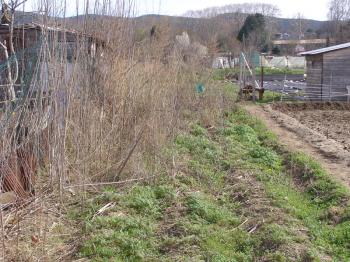
The before shot. To be clear, (Dad) I didn’t turn the soil, just readjusted the canals and put that soil atop the sticks and weeds on the rows so that it could decompose.
It’s not particularly permaculture to burn things or till the soil, although nature doesn’t seem to mind a wild fire every now and again. But the woody weedballs and thick stalks from the Jerusalem artichoke, the bane of my garden existence, threatened to make the soil too chunky.
I was going back and forth deciding whether I should ’till’ my ‘no-till’ field, finally settling on setting the knotty bits ablaze and pulverising the rest with my hands into something the soil could digest on its lonesome. Very satisfying work. My hands now ache, but I love this kind of muscle pain. And I’m so tired that I’m going to bed with dirt in my hair, I love that even more. City lady turns Turnip lady.
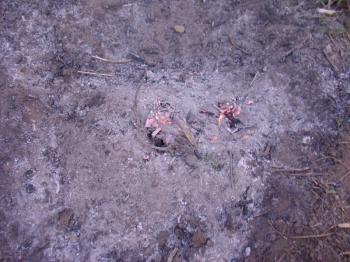
A heap of Jerusalem artichoke and other ashes
-
Summer BBQ’ing and men
Mid-winter BBQ’ing practice in the frost
Excerpt from Wikipedia on permaculture:
Influences:
The term permanent agriculture was first coined by Franklin Hiram King in his classic book from 1911, Farmers of Forty Centuries: Or Permanent Agriculture in China, Korea and Japan. In this context, permanent agriculture is understood as agriculture that can be sustained indefinitely.
This definition was supported by Australian P. A. Yeomans (Water for Every Farm, 1973) who introduced an observation-based approach to land use in Australia in the 1940’s, based partially on his understanding of geology. Yeomans introduced Keyline Design as a way of managing the supply and distribution of water of a site. Holmgren based his EcoVillage design on the keyline principle, (see WikiMapia view)
The work of Howard T. Odum was also an early influence, especially for Holmgren [3]. Odum’s work focused on system ecology, in particular the Maximum power principle, which examines the energy of a system and how natural systems tend to maximise the energy embodied in a system. For example, the total calorific value of woodland is very high with its multitude of plants and animals. It is an efficient converter of sunlight into biomass. A wheat field, on the other hand, has much less total energy and often requires a large energy input in terms of fertiliser. Another early influence was the work of Esther Deans where she pioneered No-Dig Gardening methods. Other recent influences include the VAC system in Vietnam which is a government supported system to build Vegetable Aquaculture and Animal enClosures that cycle resources.
debra at 12:14 | | post to del.icio.us

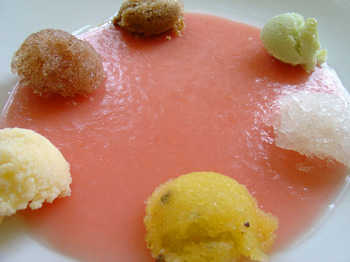
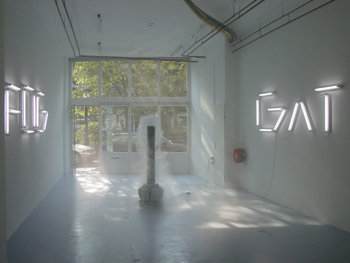
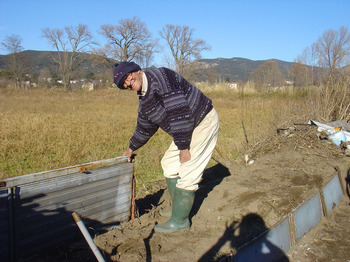
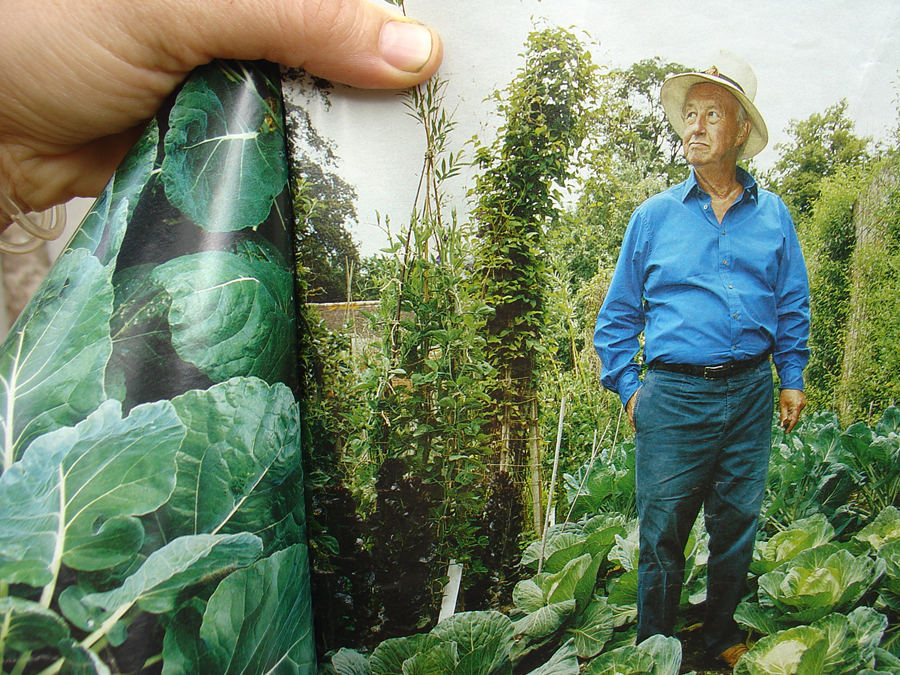
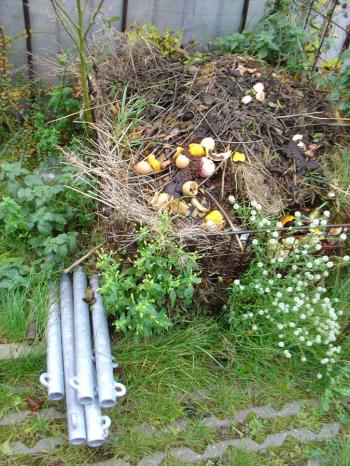
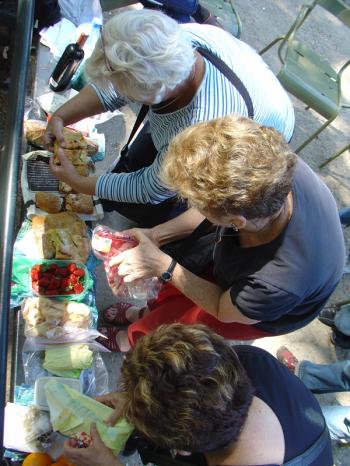
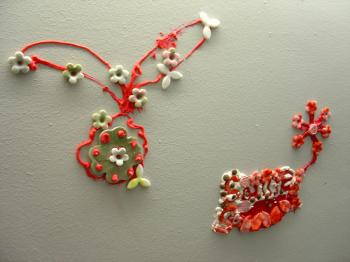










I’m looking with longing city eyes at your garden in process…i wish i was amongst the weeds and fresh air! I discovered your blog a couple of weeks ago and love it! Your cheeses, hibiscus flowers, sprouts and stories have made me smile and are an inspiration!
Comment by Robin — March 8, 2008 @ 13:19
Thanks Robin, very sweet of you to say. Check out the entries under this link. This might be a solution for you. Butternut squash growing indoors.
I grew a guest room last summer.
http://www.culiblog.org/?s=butternut
Comment by Debra van Culiblog — March 10, 2008 @ 0:26